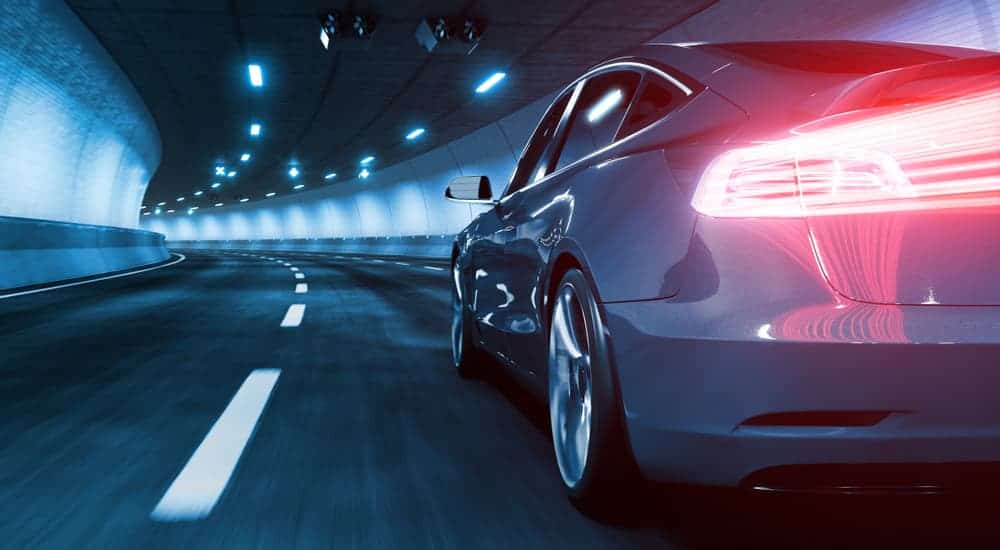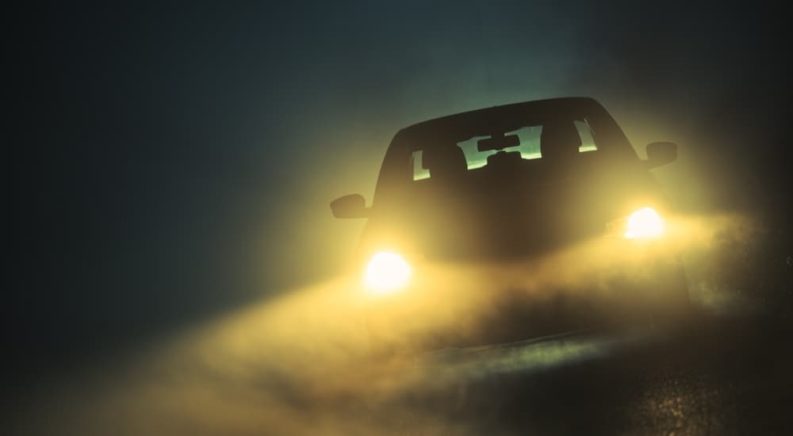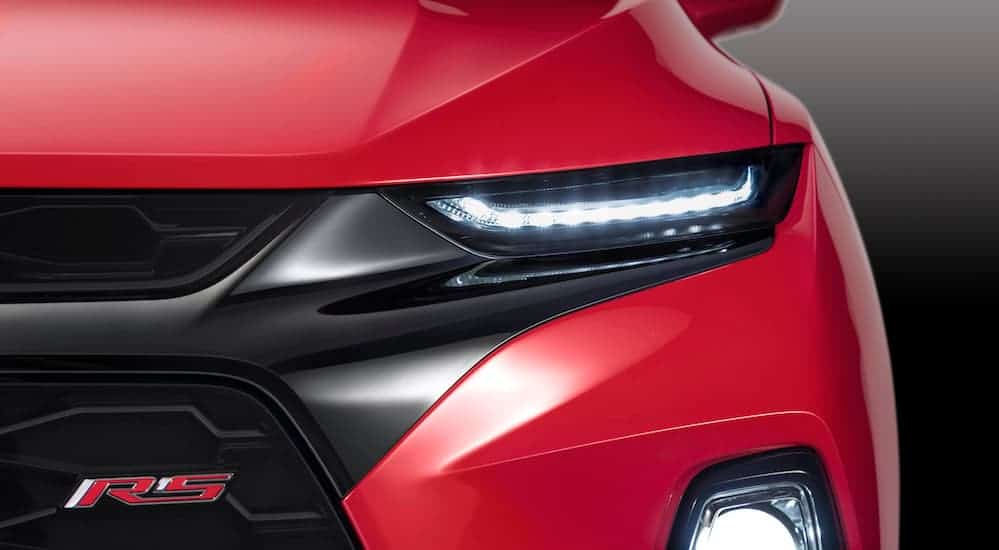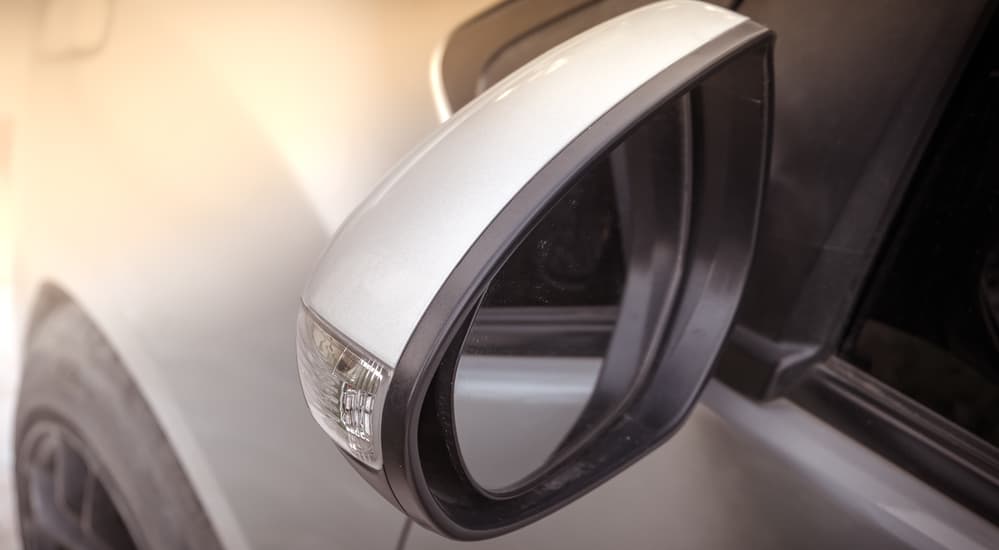There are thousands of different parts and pieces of equipment that comprise what we would know as a perfectly functioning vehicle. Quite frequently, however, there may be a few of those parts that aren’t working correctly, which can be a real pain, especially if you don’t know much about car maintenance. Lamps and bulbs are some of the smallest, yet most important parts of your vehicle. Depending on the specific placement of the lamp or bulb within your vehicle, the importance of getting it replaced will vary greatly after one eventually dies. It could be as minority inconvenient as an interior dome light going out or something urgent like one of your front headlights ceasing to work.
All lamps and bulbs in a vehicle serve some sort of purpose, which is usually quite apparent. Without your headlights working, you’re going to have a tough time driving at night and will pose a serious risk to yourself, your passengers, pedestrians, and other drivers and their passengers. Without your sun visor/vanity mirror lights, you’ll just have a harder time seeing yourself in the mirror, which isn’t really a big issue, but more of a slight inconvenience.
We’re going to go over some of the more important and common lamps and bulbs you should be aware of on your vehicle that are part of regular car maintenance. Obviously, every vehicle is going to be different, but in general, you’re going to see the vast majority of these lights on most cars. Some vehicles, like SUVs and pickups, may have an increased number of lights, including fog lights.
Front of the Vehicle
On the front of the vehicle, you’re going to find many of the lights that you can actively control that are located on the exterior. An important part of driving is making sure you’re using the correct lights at the correct times. On many newer vehicles, there’s an “AUTO” option when it comes to choosing which lights you should be using at different times of the day or night and depending on weather conditions. This makes it a lot easier since the lights will automatically turn on if the vehicle senses there isn’t enough natural light outside. They’ll also automatically turn off. However, usage of high beams and fog lights will normally be up to the driver.
Low Beam and High Beam
Just about every vehicle will come equipped with options for low beams and high beams. Your low beams are your normal, everyday lights that should be turned on when it’s starting to get dark outside or if it’s low visibility (raining, snowing, foggy, etc.) at any time of day. They are the lights you will use when in populated areas because they’re of a normal brightness that won’t blind other drivers.
High beams should only be used when there are no other vehicles around, as they will blind and distract other drivers (either oncoming or in front of you). Typically, rural areas and roads with little or no traffic are the normal types of places one would use their high beams. Also, they should only be used so you can better see the road and your surroundings. They are not to be used while driving in adverse weather conditions like fog, rain, or snow because they will normally make your area of visibility even worse from reflecting light back to you.
Sometimes the same bulb will be able to function as both low beam and high beam (using two different filaments). This will often be the case in many modern vehicles. However, there are still plenty of vehicles that have two separate bulbs, one for the high and one for the low. Replacing them just depends on which setup your vehicle uses.
These are located at the front of your vehicle, normally within the same cluster of lights that comprises your entire headlamp assembly.
Here is a quick tutorial on changing your headlights:
Parking Light
The parking light was initially meant to be a light that you could leave on when your car was parked somewhere, alerting any passing vehicles that there was a car in that spot, thus protecting your car and the passing vehicle. Now, it’s mostly just another source of illumination that’s usually a part of the headlamp assembly.
Side Signals
Your side signals are the lights that indicate which direction you’re looking to turn (left or right) and are often called your indicators. These, too, will normally be found as a part of the headlamp assembly or very close by.
Side Turn Signals
Not all cars will have these, but sometimes there is a light on the side of the vehicle that will flash when you turn the corresponding indicator on. These are by themselves, usually located near the front driver and passenger doors.
Fog Lights
Not all vehicles have front fog lights, but it’s pretty common. These are usually located below the headlamp assembly (separate from those lights). They are meant to increase visibility in low visibility conditions, specifically when there is fog present.
The Rear of the Vehicle
On the rear of the vehicle, you will find a similar array of lights as on the front, with a few others included as well.
Parking Lights
These are basically the same as the front parking lights but located on the rear. They will be part of your rear lamp assembly.
Side Signals
Also, the same as the front side signals, except these are located on the rear to provide any drivers behind you with the knowledge of which direction you’re looking to turn. These are normally part of the rear lamp assembly.
Reverse Light

This is a light that’s specifically for the rear of the car and will only turn on when you’ve shifted the car into reverse. It’s more meant to give pedestrians and other drivers a bit of warning that you’re looking to move in reverse than it is to give you illumination.
Stop Light/Brake Light
Stop lights, commonly referred to as brake lights, come on when a driver engages the braking on a vehicle. So, they could be on when a driver is in the action of slowing down or even at a complete stop. They can often be found within the rear lamp assembly and sometimes in other locations, like the spot between the trunk and rear window.
Trunk Light
Exterior trunk lights may come on when you open the trunk of your vehicle.
Here is a quick tutorial to change your trunk light:
License Plate
Some vehicles may have a light illuminating their license plate.
Fog Lights
Not all vehicles will have rear fog lights, but the ones that do can usually be controlled by the driver. They are meant to increase visibility for drivers behind your vehicle, but only in situations where they should be used (when it’s foggy or raining). Otherwise, they could potentially distract drivers because of their brightness. They’re usually located below the main rear lamp assembly.
Finding Parts
Many manufacturers have dedicated websites where you can search for parts by the model (year and make), VIN number, or the specific part number. This includes searching for lamps and bulbs. For example, on Ford’s website, you can go all the way back to 1932 to search for parts. When it comes to lamps and bulbs, there are so many on your vehicle, when it comes down to replacing them, visit your mechanic as they can change these with ease.



